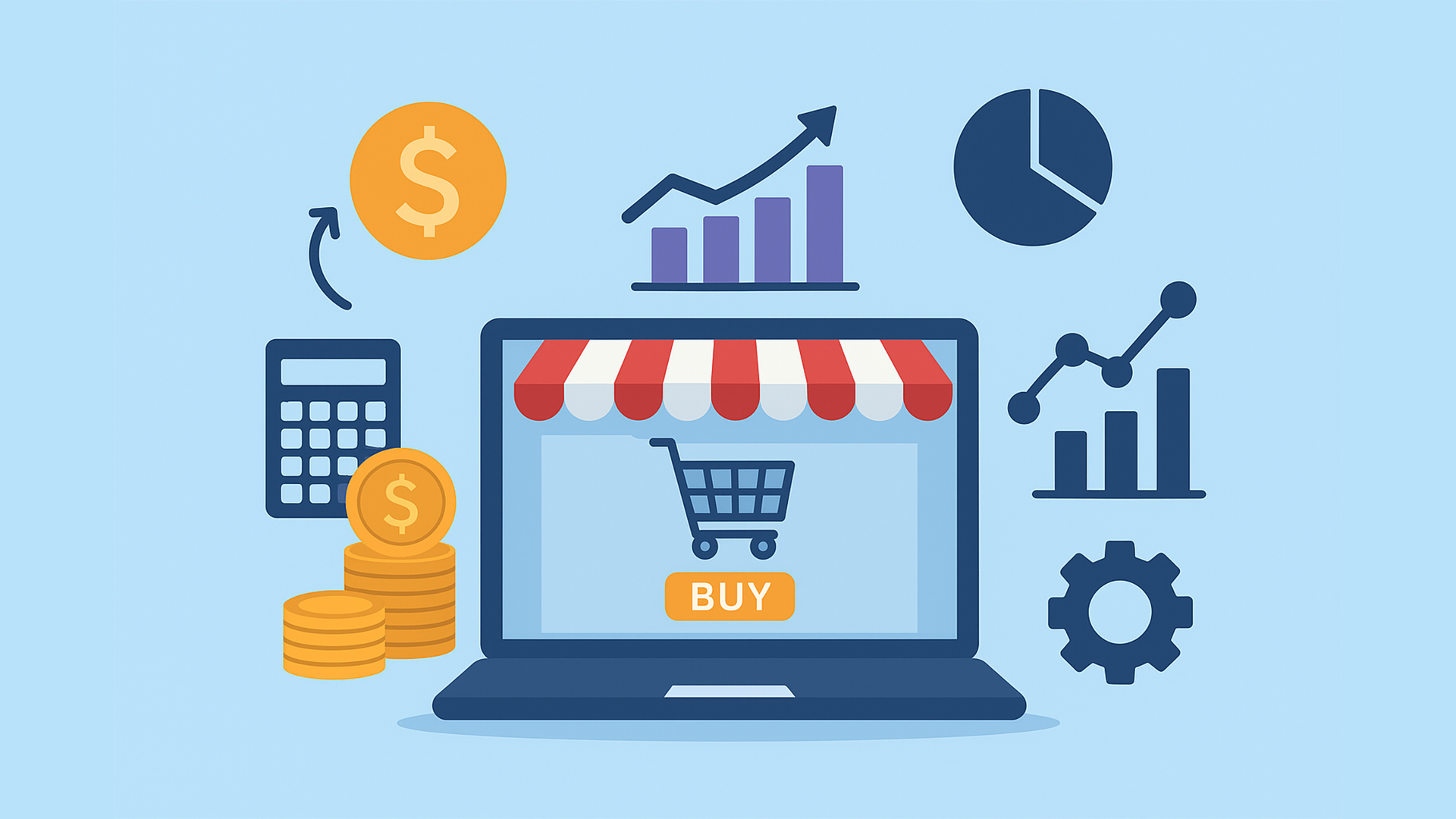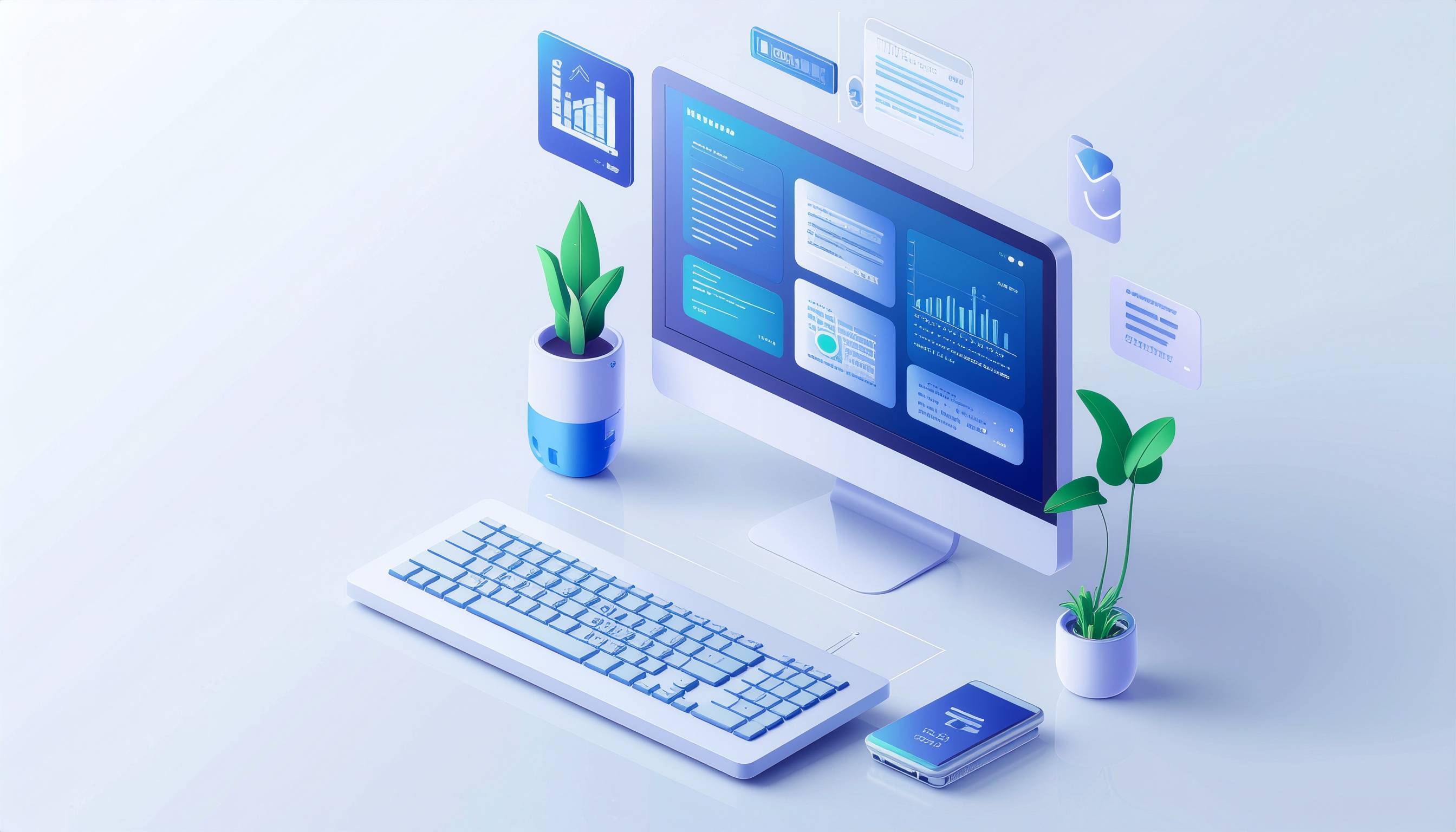Smart Finance: The Hidden Key Behind Successful Ecommerce

When we think of a successful e-commerce, we usually imagine an attractive site, with great user experience, trending products and effective marketing campaigns. But there is a silent factor that can be the real differentiator between a project that scales and one that falls by the wayside: financial management.
1. Cash flow: the oxygen of e-commerce
In a digital business, revenues don't always arrive at the same time as expenses. Payment gateways hold funds, vendors ask for advances, and marketing expenses are paid instantly. Have clear control of cash flow is essential in order not to run out of liquidity at critical moments.
2. Gross margin and real return
Selling a lot doesn't always mean earning more. In ecommerce, it's common to have hidden costs: shipping, returns, platform commissions and digital advertising. Analyze the Gross margin By product or category, it helps to know which items actually generate profitability and which only inflate sales.
3. Scale with Healthy Finances
An e-commerce that seeks to grow must balance investment in marketing and operation with responsible financing. Accessing lines of credit, negotiating better terms with suppliers or investing surpluses in low-risk instruments can make the difference between growing orderly and borrowing out of control.
4. Technology as an ally
Today, there are financial management tools that integrate directly with e-commerce: from lightweight ERPs to dashboards that show sales, costs and profits in real time. Digitizing finance isn't optional, it's part of the e-commerce ecosystem itself.
Conclusion
Ecommerce isn't just about selling online, it's about managing every weight that goes in and out with vision. Financial discipline allows us to grow with solid foundations, seize opportunities and sustain competitiveness in an increasingly demanding market.
In short: behind every full cart there is a solid income statement that backs it up.
Contact us to discuss how our team
can boost your digital commerce.
Notas Relacionadas

We build trust with every line of code: our path to ISO 27001:2022 certification
15/8/2025
Business Development
The Product Owner as a Strategic Link Between Business and Technology in eCommerce
3/6/2025
Business Development
Checklist for launching an eCommerce store: Everything you need before you start
15/5/2025
Business Development
Assertive Communication Between Agile Teams: Fostering Collaboration and Success
10/10/2024
Business Development
Introduction to Microfrontends: Decomposing the Complexity of Web Applications
17/7/2024
Business Development
Optimizing SUCCESS: The Importance of Performance Monitoring and Analysis in eCommerce Platforms
17/4/2024
Business Development
How to Create a Successful Business Case for the Migration of Your E-Commerce Platform
11/3/2024
Business Development
Agile Methodology: An Approach That Reduces the “Pain” of an Implementation
7/2/2024
Business DevelopmentContact us to discuss how our team
can boost your digital commerce.




















